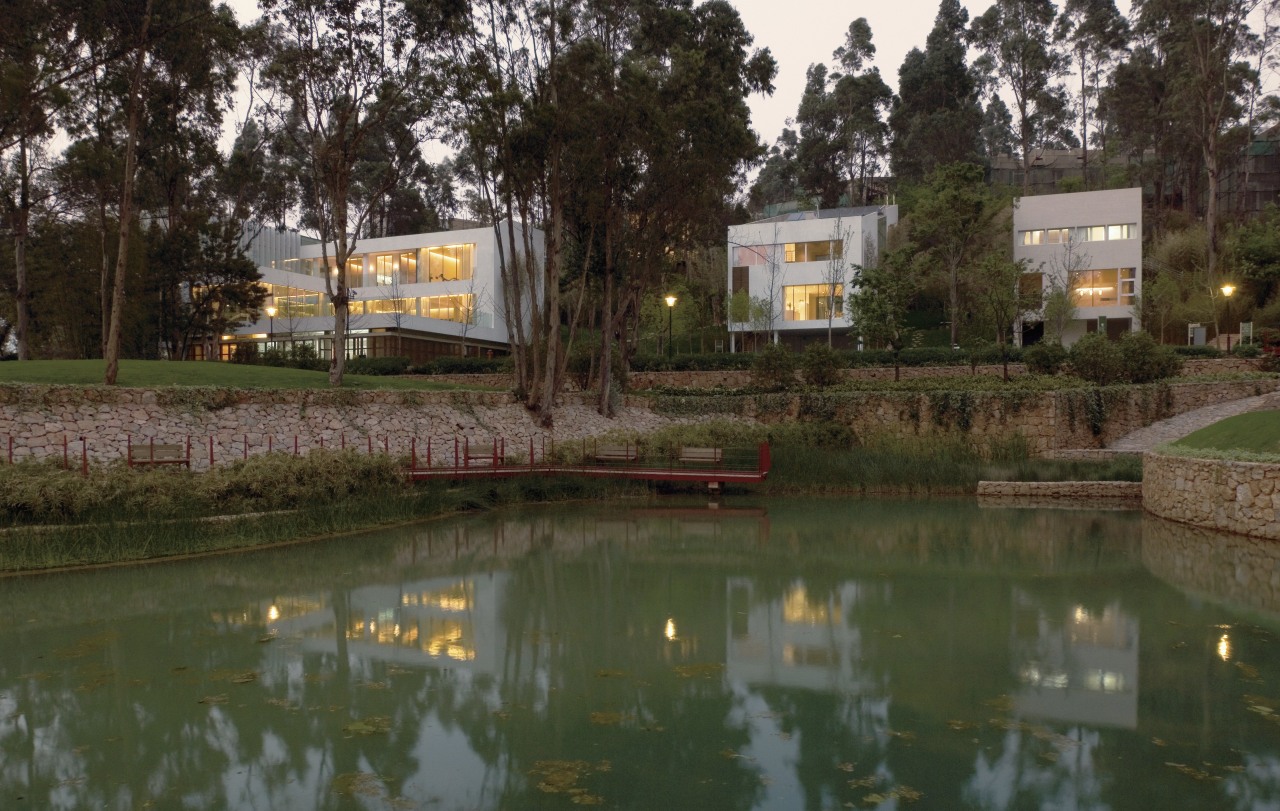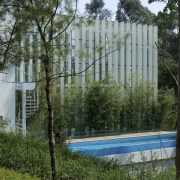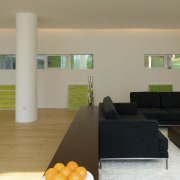Housing for the future
A ground-breaking project in the Kunming Valley, in southern China, has seen the development of an environmentally sustainable housing community
There's very little doubt that industrialisation,urbanisation and economic affluence have substantially improved the lives of many people around the world. But this prosperity has come at a cost.In China, for example, estimates suggest that more than 40% of rivers are polluted, and over 15% of gross national product is lost due to air pollution, which impacts on the well-being of everyone.
Combining the goals of an improved lifestyle and better living conditions with prosperity can therefore only be achieved by considering the environment, and ensuring future development is sustainable.
This was the aim of the Jia Yuan Community Housing Project a collaboration between a local residential property developer and Integer, the UK's leading partnership committed to delivering the benefits of step-change innovation in housing and the built environment.
Four houses, based on the original principles developed by Integer, now sit comfortably in the six-hectare Kunming Valley.
Patrick Bruce, director of local architectural practice The Oval Partnership, says construction objectives included the use of locally manufactured materials and products. It also incorporates both innovative and traditional construction methods.
"Exterior design, landscaping, layout and interior design were all planned to ensure the homes are sustainable, practical and attractive to the owners, without unduly impacting on the environment," he says.
In addition, the houses were designed to minimise disturbance to the sites by maintaining the existing contours and avoiding excavation or landfilling.
Many existing trees were also retained, and the use of water-permeable paving blocks for exterior walkways allows rainwater to seep through into the soil and back to subterranean aquifers.
Each house was designed to take advantage of natural light and to enjoy views across the valley. To achieve this, houses are oriented to face south, with most living areas on the upper levels. Full-height windows stretch the length of living rooms.
In spaces where large windows did not suit, natural light and air come in through tall, narrow windows, slit windows in the ceiling, or via windows that open onto internal courtyards.
Cross-ventilation, a traditional technique sadly neglected since the advent of air conditioning systems, is another simple design feature that helps keep the homes cool and airy.
External insulated rendering, which adds little to construction costs, reduces heat loss in winter and lowers energy consumption year round. Other features that reduce energy consumption include double glazing, louvres to control heat and light, and south-facing solar panels.
Inside, walls, floors and other surfaces use sustainable materials, such as prefabricated, structural bamboo which takes only four years to grow and costs less than concrete and lightweight steel studs, also prefabricated off-site.
"While some of these techniques may seem to add a small cost to each home, many do not, particularly when they are incorporated in the initial design stages. Reduced electricity bills also offer ongoing savings," says Bruce.
Three of the homes are intended to be affordable family homes, while the fourth is larger, and includes the latest home theatre and home automation technologies.
It is designed as a modern interpretation of a Chinese courtyard house, where traditional servants' tasks are largely carried out by technological innovations in the design.
However, because of the principles of sustainability underpinning this project, the house is still environmentally friendly.
The Kunming Valley is part of a wetland, and one objective of the project was to restore the original ecosystem. Redeveloped ponds and reed-bed filtration systems are part of this.
Now, rainwater is collected in gullies and recycled through gravel beds. Together with water recycled from sources such as baths, showers and laundries, it goes to a grey-water treatment system for use in irrigation or car washing, or is put back into the restored lakes.
Credit list
Architect
Building materials
Developer
Engineering
Story by: Mary Webb
Home kitchen bathroom commercial design
Connected to the ocean
Simplified seclusion
At one with the Amazon














